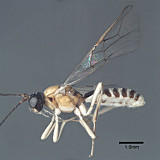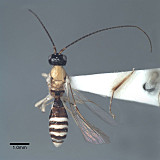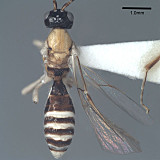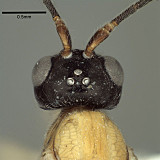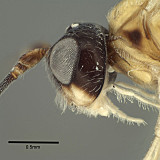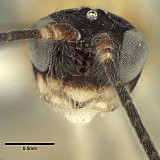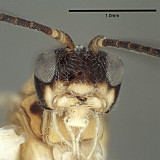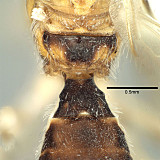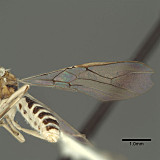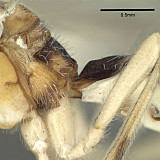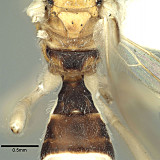Opius baeblus Wharton, 2013
Holotype: Male, deposited in UNAM.
There are no specimens currently determined for this OTU, or those specimens determined for this OTU are not yet mappable.
MEXICO: Morelos, Rt.
142, Km 48–50, 5 km N
El Vigia, 28.ix–1.×.1991
A. L. Norrbom # 51
Second label:
reared ex. spherical stem
gall, Ageratina mairetiana
(DC) K & R. (91M27)
Third label:
host is Eutreta sp.
apicata Hering or n. sp.
Tephritidae)
Fourth label:
reared ex. pupae
ex. galls 91M27
emg. 1.vii.1992
This material is based upon work supported by the National Science Foundation under Grant Numbers DEB 0949027 and DEB 0328922 with REU supplement 1313933.
Any opinions, findings, and conclusions or recommendations expressed in this material are those of the author(s) and do not necessarily reflect the views of the National Science Foundation.

